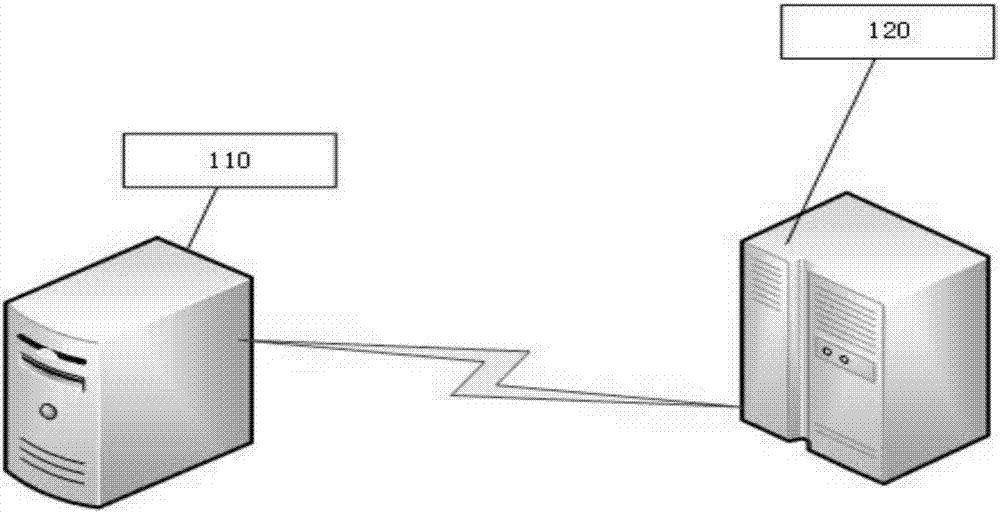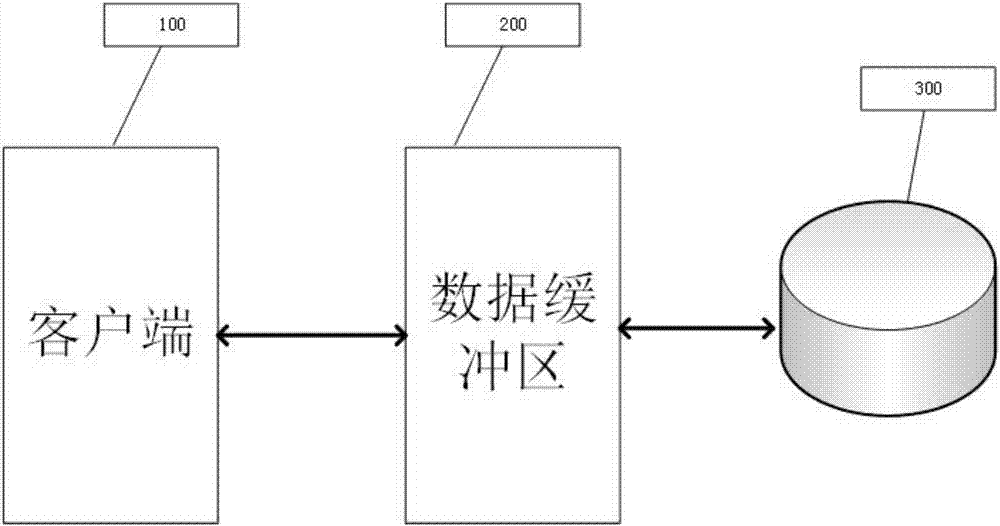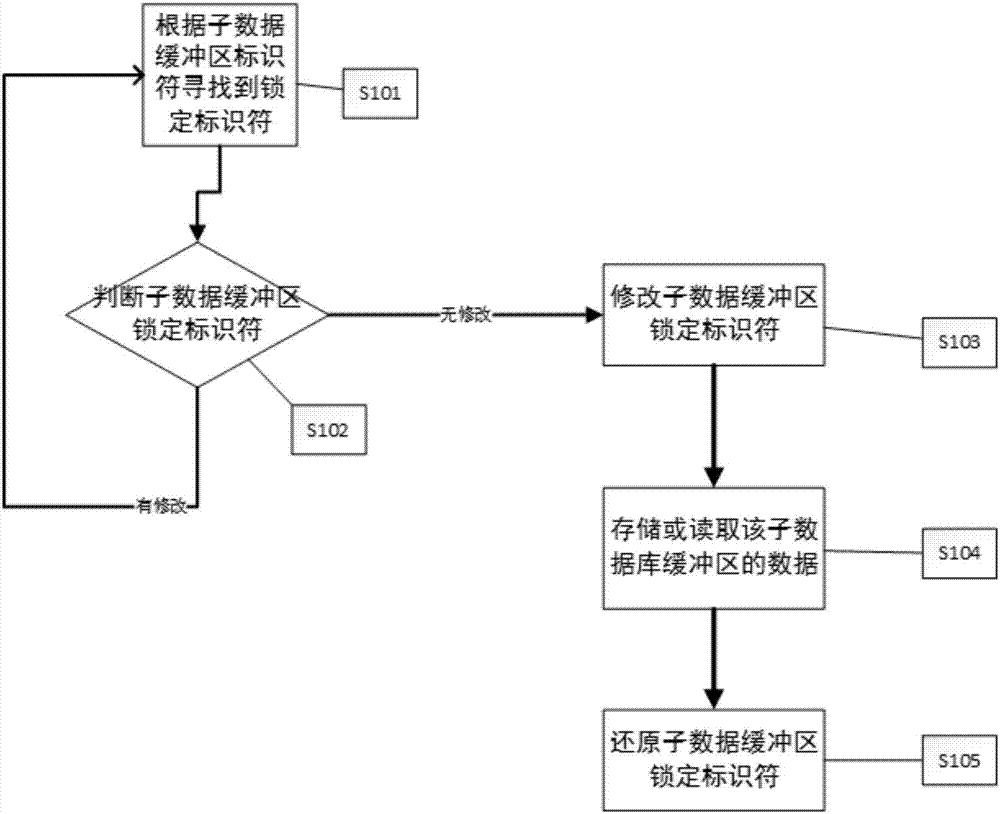Method, device and storage medium for data buffering
A technology for data buffering and storage media, applied in the information field, can solve problems such as poor experience, high resource utilization, crashes, etc., and achieve the effects of reducing data infinite loops, increasing computing speed, and reducing occupancy
- Summary
- Abstract
- Description
- Claims
- Application Information
AI Technical Summary
Problems solved by technology
Method used
Image
Examples
Embodiment 1
[0039] figure 1 It is an application environment diagram for the operation of the data buffering method in an embodiment. Such as figure 1 As shown, the application environment includes a terminal 110 and a server 120, wherein the terminal 110 and the server 120 communicate through a network.
[0040] The terminal 110 may be a client such as a smart phone, a tablet computer, a notebook computer, or a desktop computer, but is not limited thereto. The terminal 110 can receive data from the server 120 through the network, such as audio and video data, or send data to the server 120 , and the server 120 can respond to the video transmission request sent by the terminal 110 . The terminal 110 may have a storage medium on which this method can be used.
[0041] The server 120 can be multiple concurrently, or a single server can be used as a buffer to connect with other servers and database servers. There is a storage medium on the server 120 on which this approach can also be us...
Embodiment 2
[0052] The difference between this embodiment and Embodiment 1 is that the values of n and k are given, n=16, k=0.75. That is to say, it is divided into 16 sub-data buffers at the beginning, and 16 data buffers are used according to the size of the data packet. When the 12th one is used, that is, when the value of k*n is large. This method automatically increases the number of regions to 32. By analogy, when 32 is not enough, it can be increased to 64, and so on. According to the above introduction, it can be seen that the maximum value of k is 1. It is tested in practice, with n=16, k=0.75 as parameters. Because repartitioning the sub-data buffer is also very resource-intensive, but it is better than not increasing it. An embodiment in which n=16 and k=0.75 is better utilized resources.
Embodiment 3
[0054] Such as Figure 4 As shown, it is a schematic diagram of the framework of the data buffering module of the present invention. The data buffering device includes an acquisition module 10 , a data buffering module 20 , a locking module 30 and a transmission module 40 .
[0055] The acquiring module 10 receives data packets and processing requests of the database;
[0056] The data buffer module 20 divides the data buffer into n sub-data buffers, wherein the sub-data buffers are correspondingly provided with a sub-data buffer sequence identifier and a sub-data buffer lock identifier, and the data packets of the database are placed in each sub-data in the buffer zone;
[0057] The locking module 30, when each sub-data buffer receives a processing request, locks the data of the sub-data buffer according to the sequence identifier of the sub-data buffer and modifies the locking identifier of the sub-data buffer, stores or reads the sub-data according to the processing reques...
PUM
 Login to View More
Login to View More Abstract
Description
Claims
Application Information
 Login to View More
Login to View More - R&D
- Intellectual Property
- Life Sciences
- Materials
- Tech Scout
- Unparalleled Data Quality
- Higher Quality Content
- 60% Fewer Hallucinations
Browse by: Latest US Patents, China's latest patents, Technical Efficacy Thesaurus, Application Domain, Technology Topic, Popular Technical Reports.
© 2025 PatSnap. All rights reserved.Legal|Privacy policy|Modern Slavery Act Transparency Statement|Sitemap|About US| Contact US: help@patsnap.com



